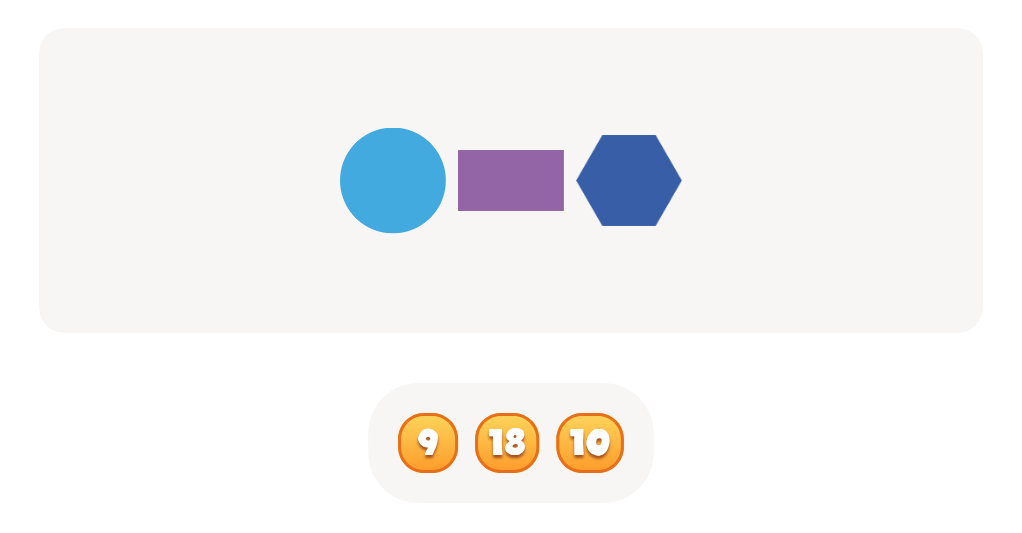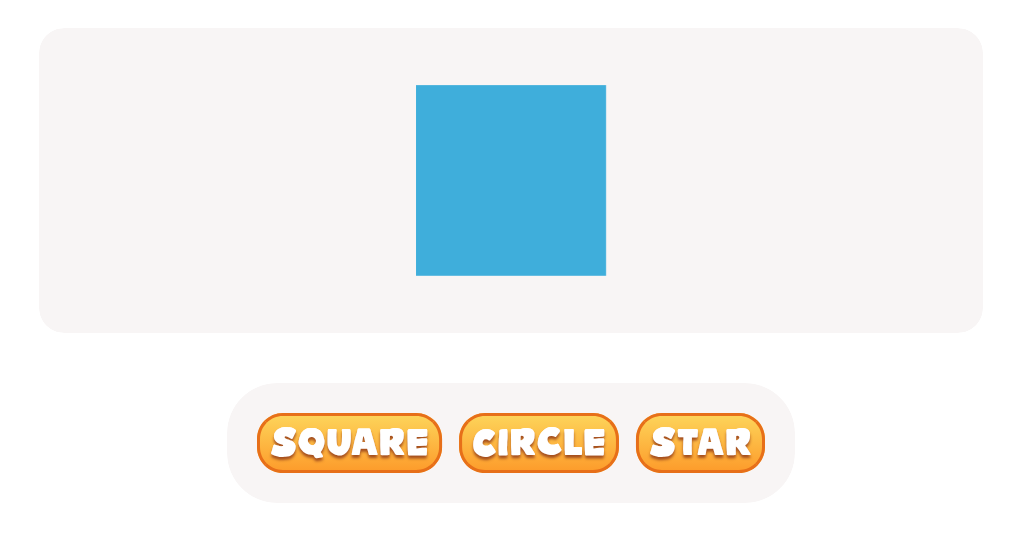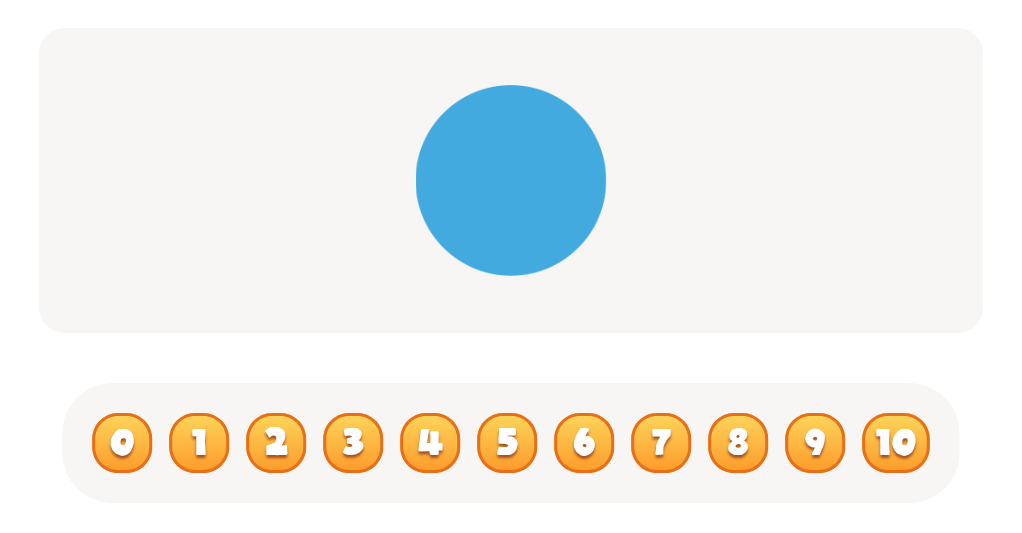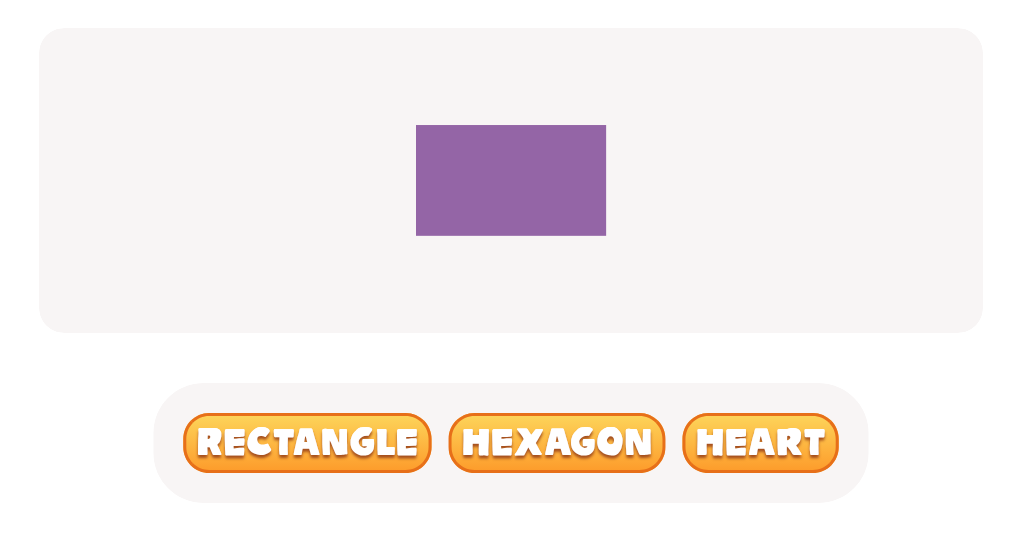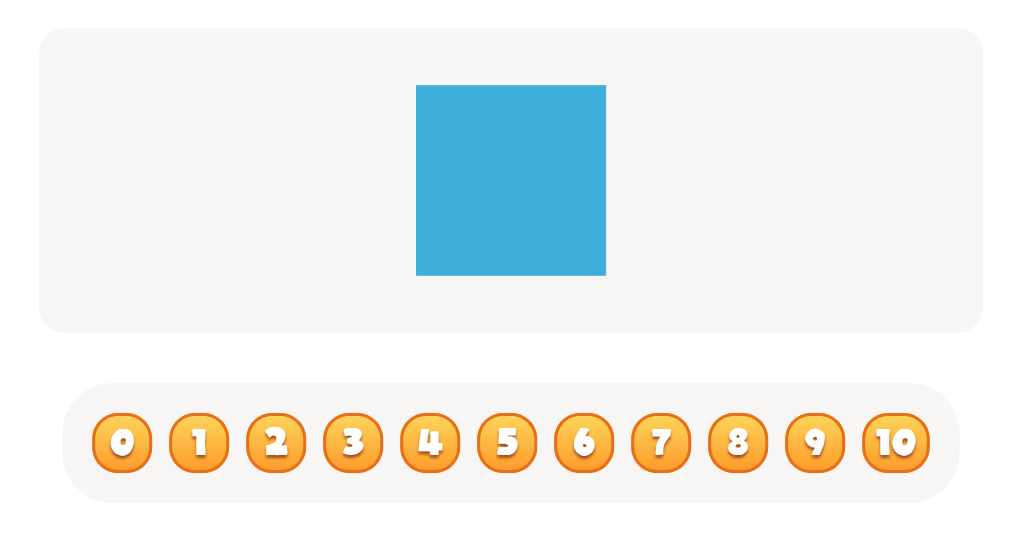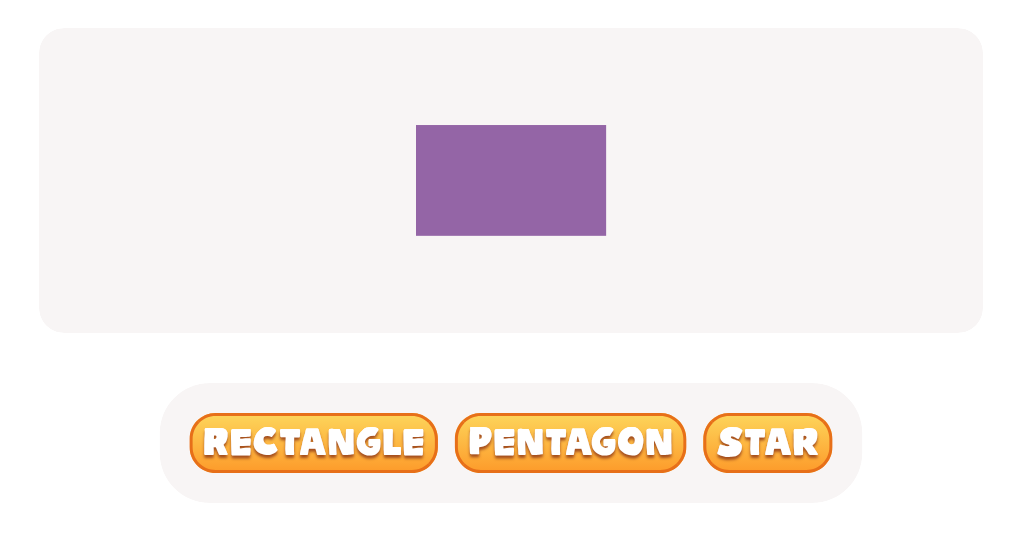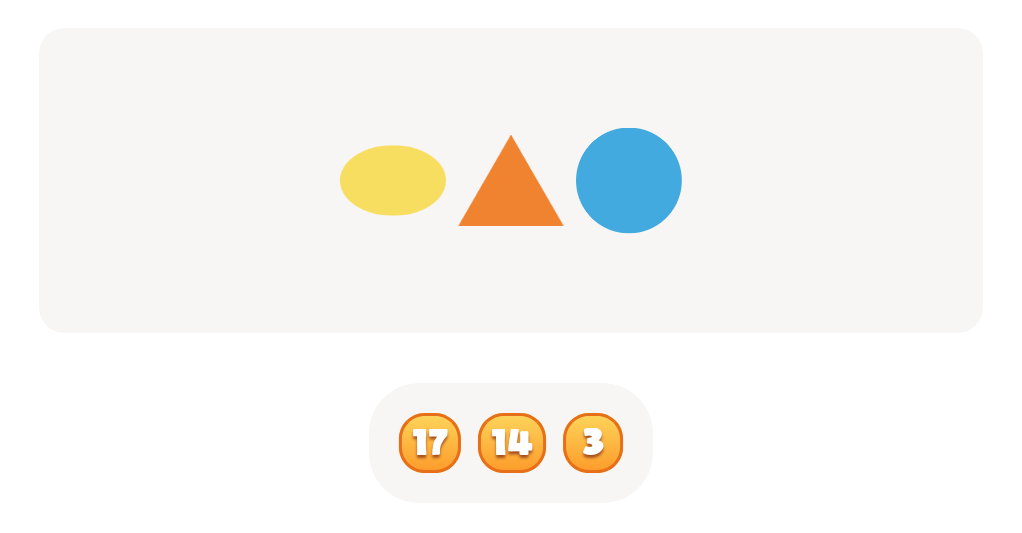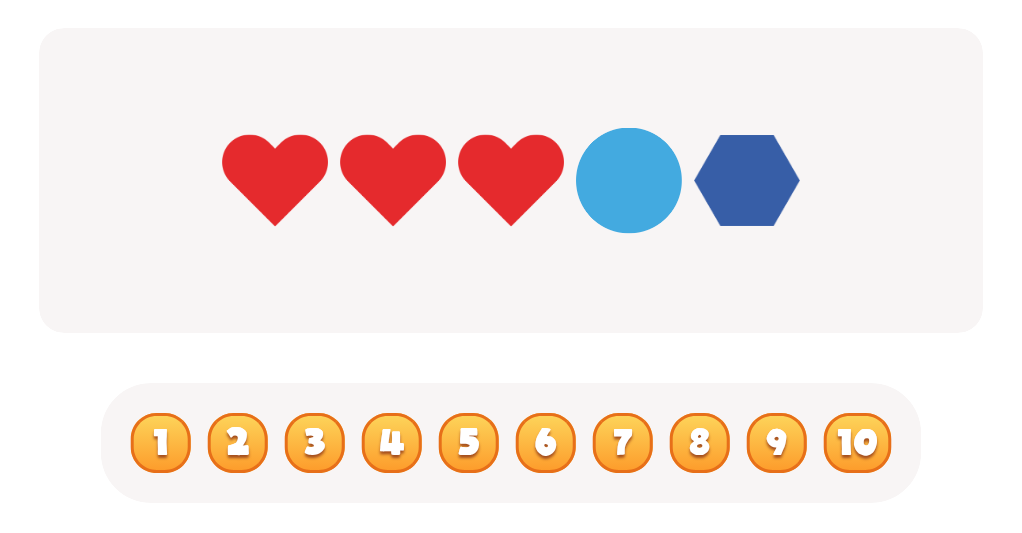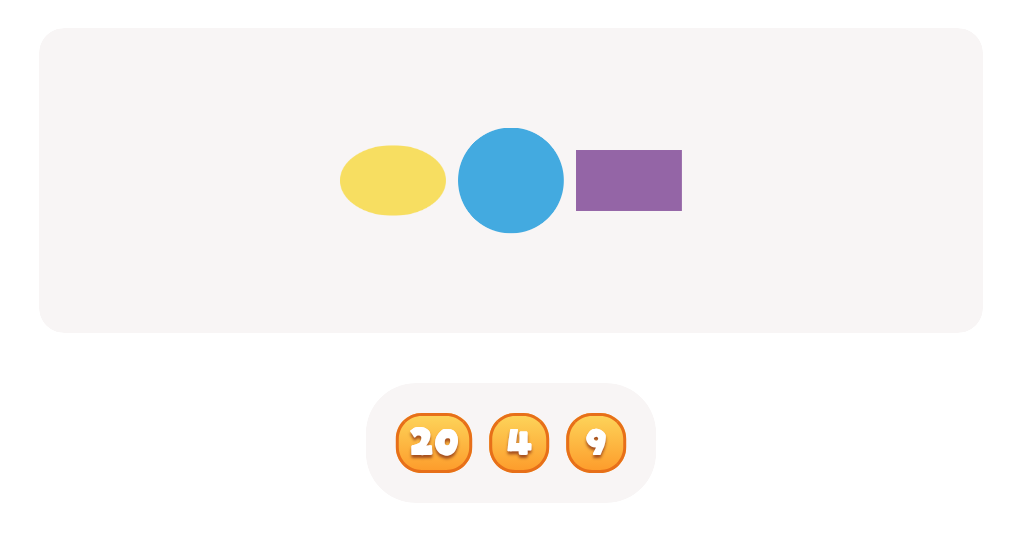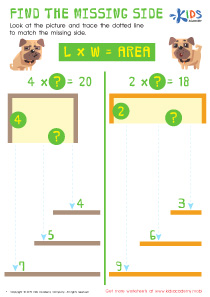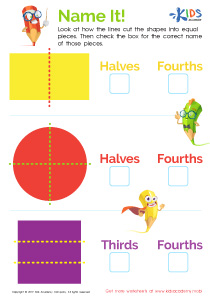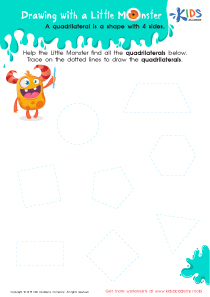Shape Recognition Easy 2D Shapes Worksheets for Ages 8-9
5 filtered results
-
From - To
Discover our engaging Shape Recognition Easy 2D Shapes Worksheets designed for ages 8-9! These worksheets help young learners identify and differentiate common 2D shapes such as circles, squares, triangles, and more. Each activity is thoughtfully crafted to enhance spatial awareness and shape recognition skills through fun exercises. Perfect for classroom or home use, these worksheets provide a hands-on approach to learning essential math concepts. With colorful visuals and interactive tasks, children will enjoy exploring shapes while developing their critical thinking and problem-solving skills. Visit our site to access these valuable resources that make learning about shapes exciting and enjoyable!
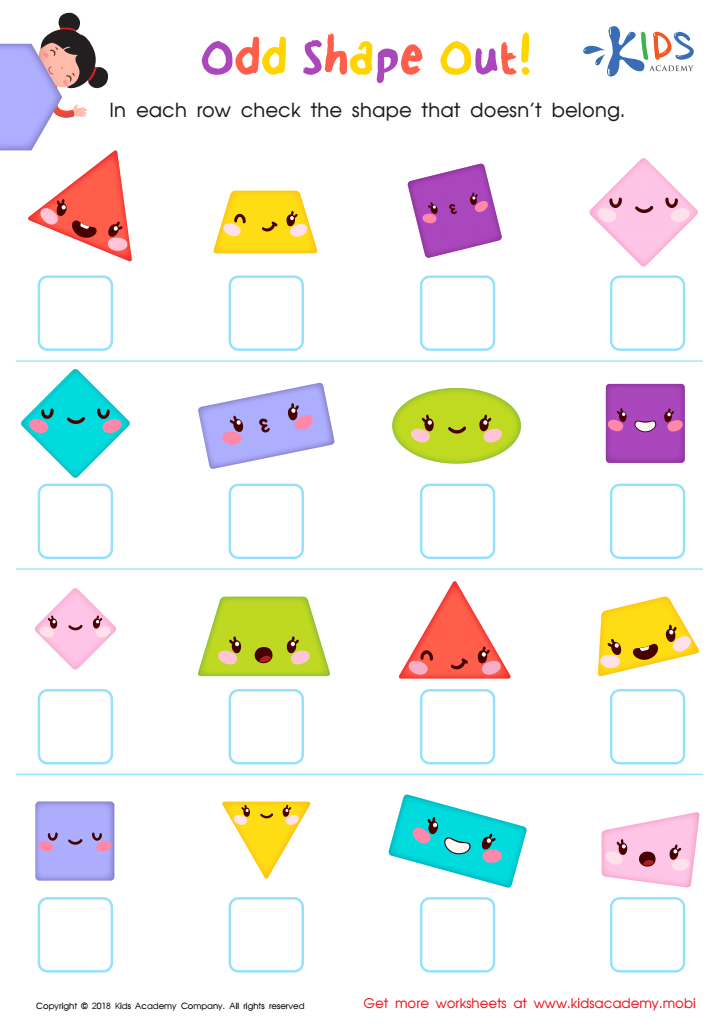

Odd Shape Out Worksheet for Grade 3
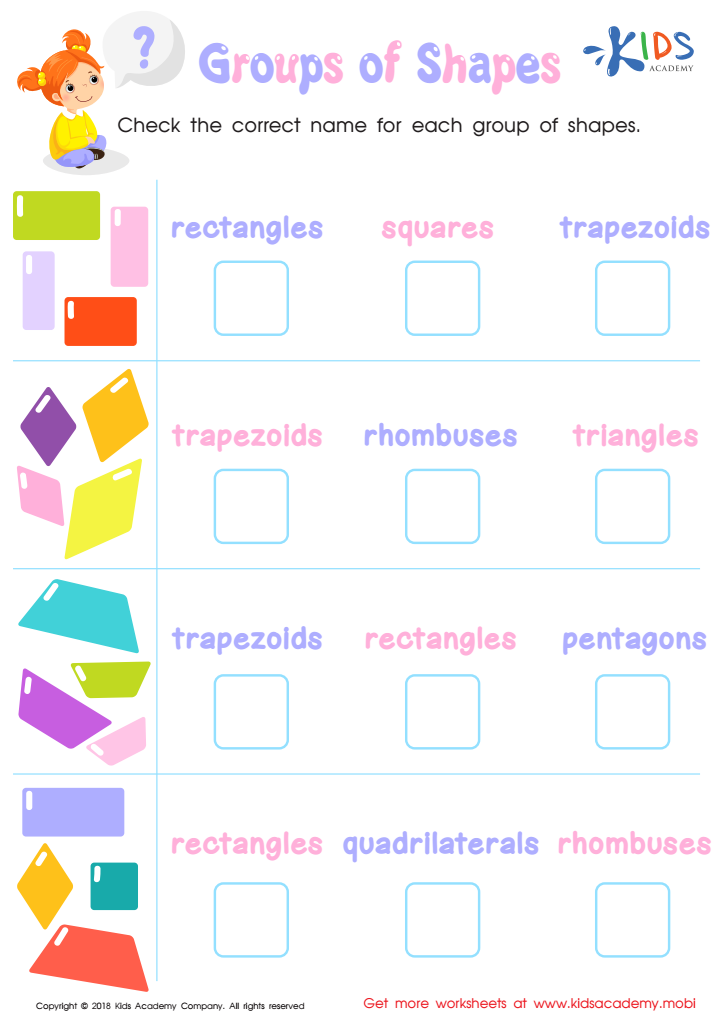

Groups of Shapes Worksheet


Faces of 3D Shapes Worksheet
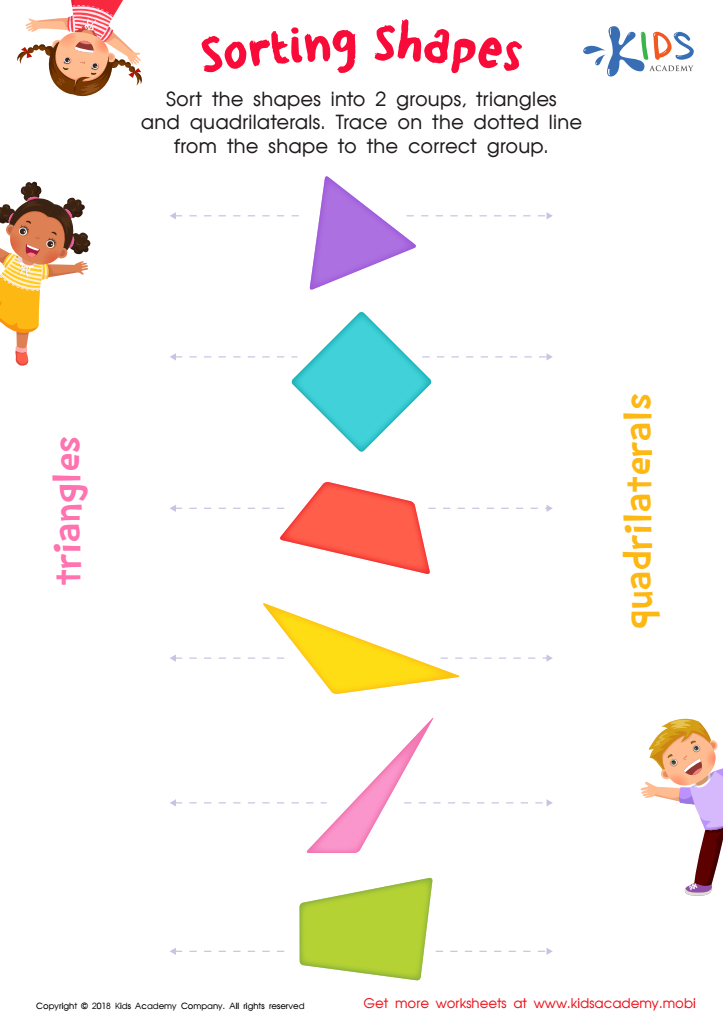

Sorting Shapes Worksheet
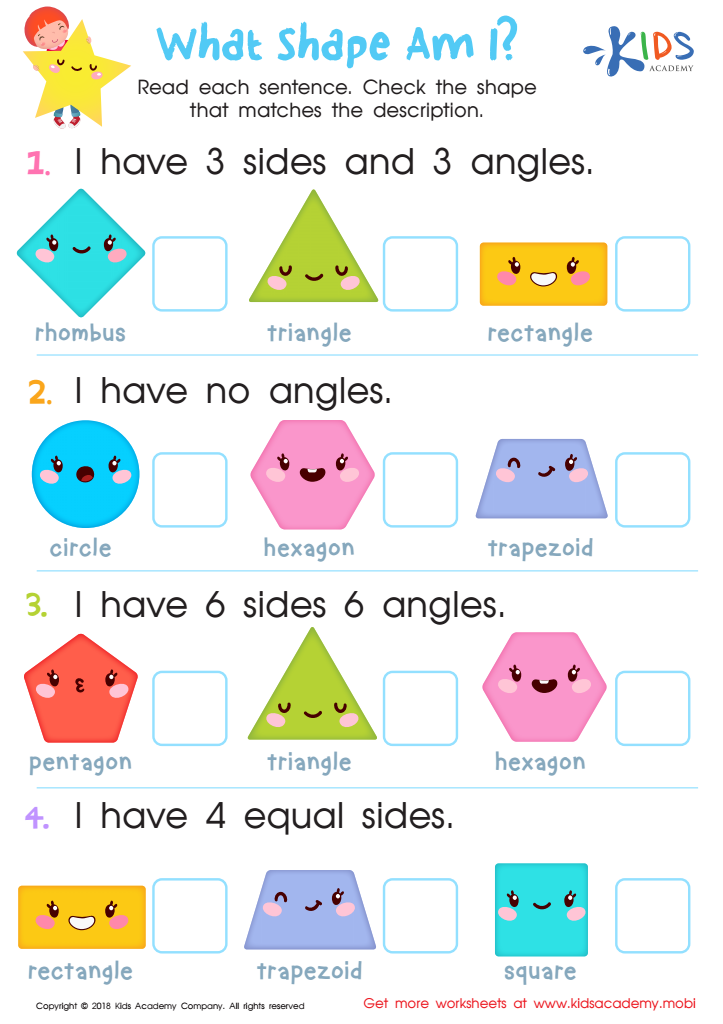

What Shape Am I? Worksheet
Shape recognition, particularly of easy 2D shapes, plays a crucial role in the cognitive development of children aged 8-9. At this age, children are defining their understanding of the world around them, and recognizing shapes lays the groundwork for essential skills in mathematics, art, and spatial awareness.
By mastering shapes like circles, squares, triangles, and rectangles, children enhance their ability to categorize and interpret visual information, an important skill not just in math, but in everyday problem-solving. Understanding these shapes can help children grasp more complex geometrical concepts later on, as they begin to learn about angles, perimeter, area, and volume.
Additionally, shape recognition supports critical language development. Children learn to describe shapes and relate them to real-world objects, enriching their vocabulary and communication skills. Engaging in activities related to shape recognition can foster creativity in art and design, leading to a more rounded educational experience.
Moreover, incorporating shape recognition exercises into lesson plans or activities can promote collaboration among peers, encouraging social skills and teamwork. For parents and teachers alike, emphasizing the importance of shape recognition reinforces a strong foundational skill set that is both fundamental to academic success and beneficial in real life.
 Assign to My Students
Assign to My Students
